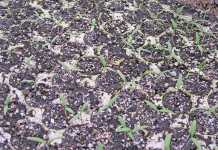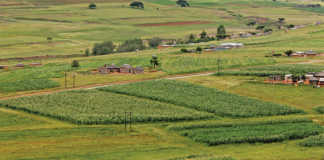This proof should enable producers to gain a market premium for their milk in the same way that organic farm produce fetches premium prices.
Walters, who runs a herd of 260 dairy cows on 95ha, admits that he is not a computer expert and relies on his teenage children to help him navigate the Internet.
An array of data monitoring gadgets placed at strategic points supplies information about each aspect of his farming. Walters says that this technology has not yet translated into higher profits, but it does help him manage his farming operation more efficiently.
Currently, the greatest benefit is the useful information he now has at his fingertips; this enables him to make better decisions on environmental management and feeding his cows.
Soil monitoring
Three years ago, Walters built a covered feed pad, with concrete floors, a plastic roof and a suitable effluent system. Because he had to prove to regulatory authorities that his application of effluent met soil requirements, he installed a soil monitoring system.
This records soil moisture, temperature levels and rainfall for every 24-hour period. At 8.20am daily, it recommends how much effluent should be applied to the pasture, based on soil conditions.
Technology has also helped Walters increase his milk production from 400kg to 500kg of milk solids per cow per season by better protecting his pastures. He has also reduced his feed input from 15kg to 12kg (dry matter) in order to produce 1kg of milk solids.
Convenience, thanks to cloud-based data
Electronic cloud-based dairy data with mapping records, daily activities and compliance monitoring enables Walters to keep an eye on his operation while he is travelling.
If a farm audit is required, he can send the information without the need for someone to visit the farm in order to verify the statistics.
Greg Miles is a livestock farmer and internet marketer.










